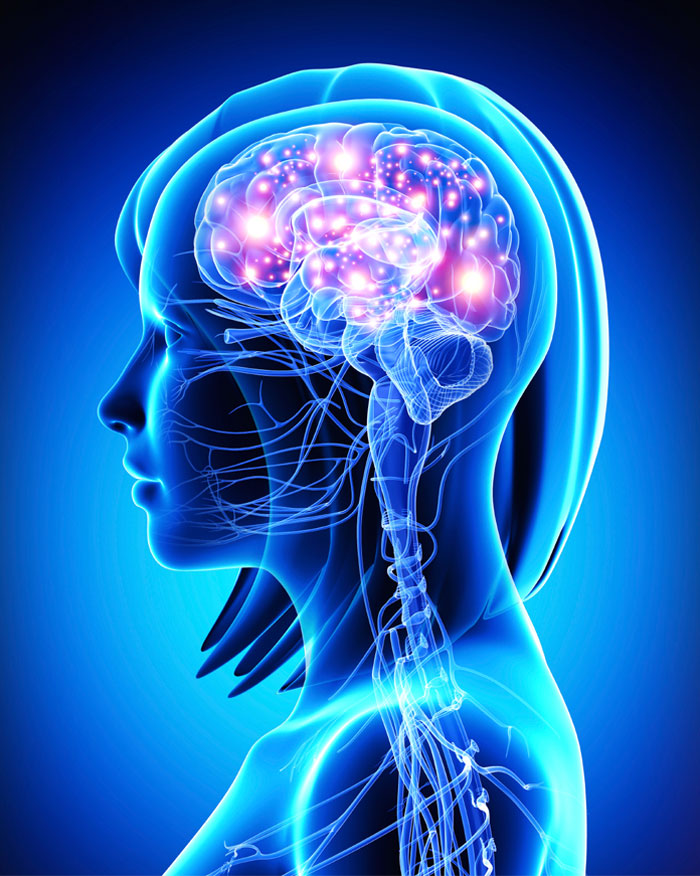Brain Change Treatment
About Neurofeedback
The difference between Neurofeedback at home & Neurotherapy with a professional...
The craft of altering the brain is a complex task, as it includes a technical component, an emotional or psychological component, as well as an art of interpreting data and observing one's subjective condition. Neurofeedback training at Novo addresses all these components.
Just about anyone can become a Neurofeedback practitioner, by attending a weekend workshop, or learning from a knowledgable home trainer. However, there is an extremely important component that is overlooked... the emotional and psychological "baggage" of living with a debilitating concern such as chronic stress, depression, irratibility, substance abuse, or even for children who can't focus in school and are falling behind. While home training is a logical finanical gain, as opposed to visiting a neurotherapist's office, the quality of care will not be as encompassing .
A Neurotherapist is a trained health care provider, usually a licensed psychologist, social worker, or counselor, who "specalizes" in Neurofeedback as well as Psychotherapy. This marriage of these essential tools, provides ANY client with a better chance of succes, while taking into consideration the therapist client relationship. It doesn't matter how trained, qualified or certified one is, if they aren't able to idenfity with the client and provide an open and trusting environment for change.
The Neurotherapist also has the unique advantage to purchase a higher quality of hardware and software, such as FDA approved brain mapping hardware and software. Overall, being able to provide more assistance to the client has proven to be more benefical, even for clients how "don't have anything wrong, but want to increase their peak performance." There are psychological issues concerning the need to focus better on the job, or the athlete who wants to perform better; both of these instances greatly benefit from looking at more than just the technical aspect of brain training.
Neurofeedback Case Studies
Neurofeedback FAQ
Videos on Neurofeedback
About EMDR
EMDR (Eye-Movement Desensitization Reprocessing) is the leading treatment in the country for trauma. EMDR uses rapid eye movements called bilateral stimulation to recall and process trauma. EMDR is a mind/body technique. While talk therapy can traumatic memories, it does not process them throughly and can actually reactivate trauma-symptoms in and be harmful to clients. Bilateral stimulation is used in conjunction with recalling traumatic memories and a therapeutic protocol is implemented to process trauma information (images, feelings associated with the memory, body sensations, negative cognitions) and if necessary, a measuring technique is used called a SUDS to gauge how traumatic the memory feels currently and then how traumatic the memory feels after the EMDR process if complete.
AF-EMDR (Attachment-Focused EMDR) is client centered and emphasizes a reparative therapeutic relationship using a combination of Resource Tapping to strengthen clients, EMDR to process trauma, and talk therapy to integrate the information from EMDR sessions and to provide healing derived from therapist-client interactions. AF-EMDR can be used for clients with severe early attachment trauma, as well as for all clients that require a therapist to attend to their needs as unique individuals. AF-EMDR has five guiding principals.
- Foster client safety
- Develop and nurture the therapeutic relationship to facilitate healing
- Use a client-centered approach
- Create reparative neuro networks through the use of resource tapping
- Use modified EMDR whenever is indicated by the client
Tapping in is used to establish client resources. It is like building a home. Clients need a strong foundation before they start doing the much harder trauma work.

